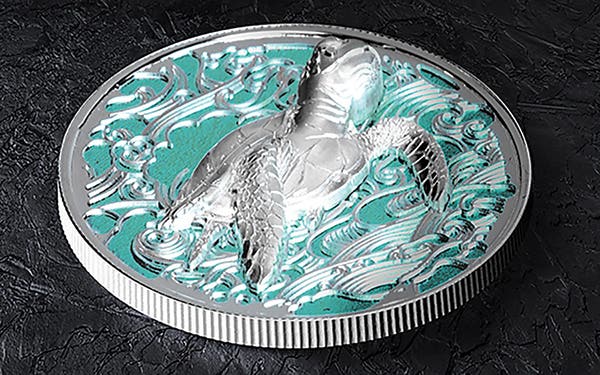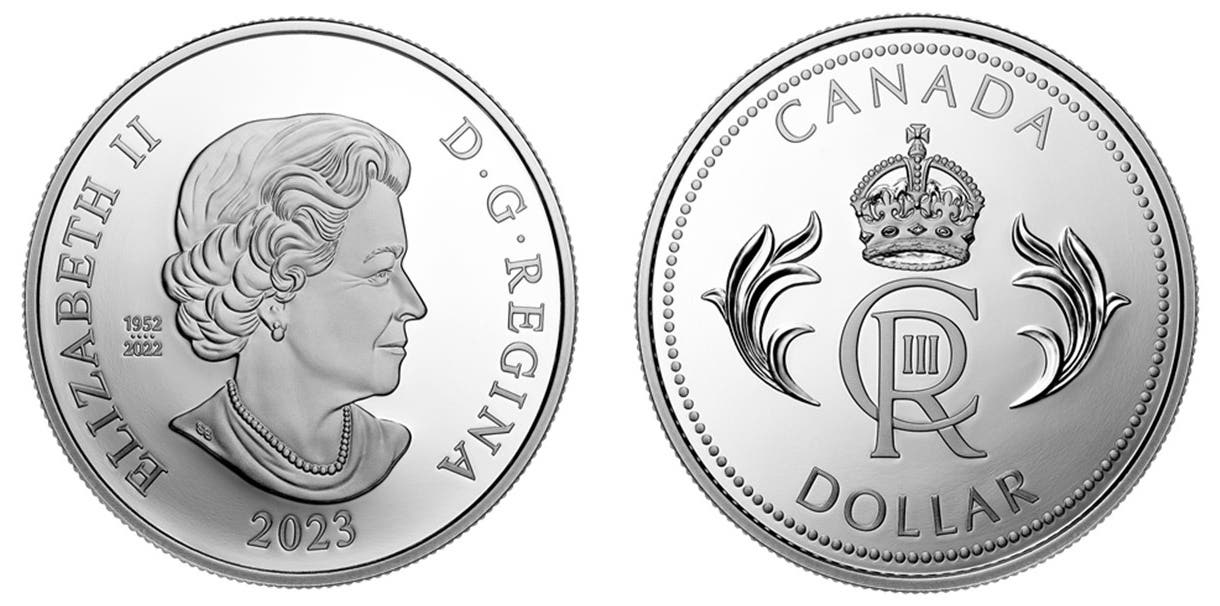Bronze Age Coins Possible
How do you define what is a coin? Are archeologists re-defining what constitutes coins? These are questions to be raised as University of Haifa and the Hebrew University of Jerusalem…
How do you define what is a coin? Are archeologists re-defining what constitutes coins? These are questions to be raised as University of Haifa and the Hebrew University of Jerusalem archaeologists are making claims pieces of silver they recently found dating from the Middle Bronze Age are coins rather than bullion being traded as primitive money.
The silver “coins” recently discovered are attributed to having been made at Anatolia in what is today Turkey and are estimated to date from the 17th century BC or the Middle Bronze Age.
According to the January 8 The Jerusalem Post newspaper, “The coins, which were used in regional trade, including with ancient Israel, were discovered at Tel Shiloh near Jerusalem, Tel Gezer on the western slopes of the Judean Hills and Tell al-Ajiul in the Gaza Strip.”
The Jerusalem Post article continues, “Their discovery proves the use of silver coins as money in the southern Levant and precedes by 500 years what was thought to be the use of such coins.”
In a January 9 online posting by Nadav Katz / נדב כץ questioning the article Katz wrote, “Of interest, the word ‘money’ in Hebrew is כסף / kesef. And the very same word is used for ‘silver,’ that is כסף / kesef. Is this discovery an explanation for the same words in use, to this very day?”
The invention of the coin is generally considered to have taken place at different times in three separate and possibly unassociated societies. China is said to have invented the coin prior to 900 B.C., having used bronzed cowry shells and other fixed size or weight objects as barter prior to this time.
The invention of the coin in India is generally accepted to have been established separately from coins in China. Aahat silver and copper composition coins are believed to have been issued in the fifth and sixth centuries BC. Coins on which inscriptions appear were first issued in gold by Indo-Greek rulers perhaps as late as 180 B.C.
King Croesus of Lydia is credited to have introduced coins in the Western tradition likely about 560 to 546 BC. Sixth century B.C. Greek poet Xenophanes is quoted by the historian Herodotus as crediting King Croesus of Lydia as being “the first to strike and use coins of gold and silver.”
In his book Guide to Biblical Coins David Hendin refers to the “weighing of metal in the form of small silver ingots, hacked from larger dumped castings, called hacksilber documented in Palestine as early as the Middle Bronze Age (2200-1550 B.C.E.)…Use of hacksilber ‘as a unified form of payment’ was prominent in the Iron Age II Period (1000-586 B.C.E.) in the southern Levant. This use of metal may point to a ‘pre-coinage stage, an underground economy in Iron Age Palestine, in which cut units of controlled standard weights constitute a metal economy which existed in the region prior to the traditional date of the ‘invention’ of coinage in the Greco-Lydian milieu of Western Asia Minor between 630 and 600 B.C.E.”
From his book Cultural Change, Jewish, Christian and Islamic Coins of the Holy Land Hendin adds, “When mentioned in the Old Testament, the shekel is a weight, not a coin. But the daric mentioned in Chronicles 1 (29:7), Ezra (2:69, 8:27) and Nehemiah (7:70-72) was a circulating coin through the fifth and fourth century B.C.E. in the western Persian Empire.”
Hacksilber or hacksilver as a form of payment that involves carefully weighed pieces of silver has been used by various societies worldwide prior to introduction of coins as we know them in those areas.
Speaking about a Viking Age hacksilver find discovered in 2021 at the Kongshaug plateau in Stjordal in Norway archeologist Birgit Maixner said, “The weight economy was a much more flexible system than the barter economy. In the barter economy, for example, you had to have a fair number of sheep if you wanted to exchange them for a cow. Weighed silver, on the other hand, was easy to handle and transport, and you could buy the goods you wanted when it worked for you.”
Kapa and grivna silver ingots of Appanage Russia may have evolved from hacksilver and likely served as the ‘missing’ link between hacksilver barter and true coins in that region.
The bold statement made by University of Haifa and the Hebrew University of Jerusalem archaeologists that hacksilber or hacksilver are coins may cause some debate, but the larger debate could be to define what constitutes a coin and what constitutes another acceptable measure of value being exchanged.








